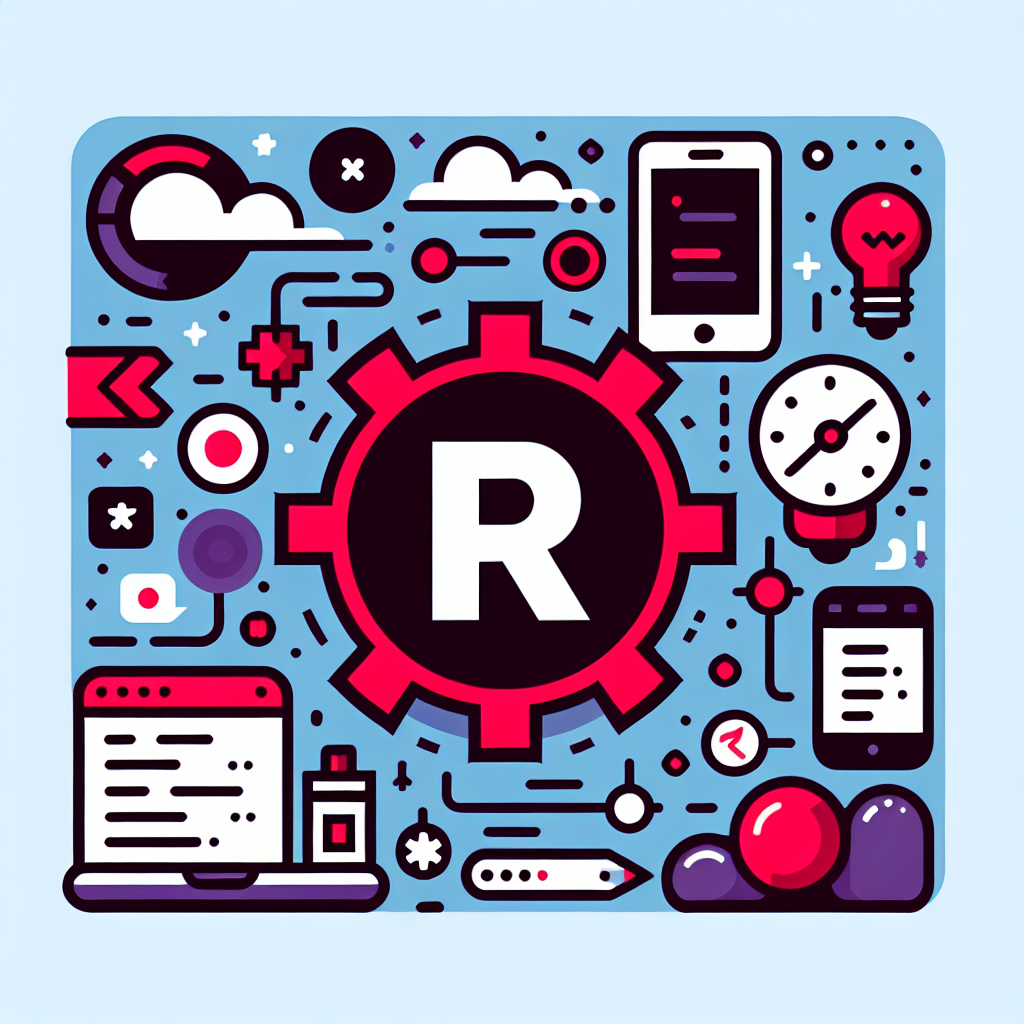Convert Ruby to R Effortlessly with Our Tool
Effortlessly convert Ruby code to R with our seamless tool. Enhance your coding efficiency and streamline workflows. Try our Ruby to R converter now!
Source Code
Converted Code
Output will appear here...
Ruby to R Converter: Seamlessly transform your Ruby scripts into R code with ease. Ideal for data scientists and developers, this tool enhances productivity by bridging the gap between Rubys dynamic scripting and Rs robust statistical capabilities. Optimize your workflows and expand your analytical toolkit effortlessly. Keywords: Ruby to R conversion, data science, code transformation.

Ruby to R Conversion Tool Link to this section #
The 'Ruby to R' tool is designed for developers and data scientists who want to convert Ruby scripts into R code seamlessly. Whether you're transitioning from web development to data analysis or integrating Ruby and R into a single workflow, this tool ensures a smooth transition.
Key Features Link to this section #
- Automatic Syntax Translation: Converts Ruby syntax to R, handling basic constructs like loops, conditionals, and data structures.
- Data Structure Mapping: Transforms Ruby arrays into R vectors and hashes into R lists for compatible data manipulation.
- Function Conversion: Maps common Ruby functions to their R equivalents, such as
putstoprint.
Use Cases Link to this section #
- Data Analysis: Transition Ruby data manipulation scripts to R for advanced statistical analysis.
- Machine Learning: Convert Ruby scripts to R for utilizing R's vast array of machine learning libraries.
- Web Development: Integrate Ruby-based applications with R's data processing capabilities.
Code Snippets Link to this section #
Convert a simple Ruby loop to R:
Ruby Code:
5.times do |i|
puts "Number #{i}"
end
R Code:
for (i in 0:4) {
print(paste("Number", i))
}
Benefits Link to this section #
- Efficiency: Eliminate manual conversion errors and save time.
- Accuracy: Ensure consistent and error-free code transformation.
- Integration: Facilitate smooth integration between Ruby applications and R analytics.
Related Resources Link to this section #
This tool is an invaluable resource for anyone looking to merge the object-oriented capabilities of Ruby with R's robust analytical and statistical prowess.
Frequently Asked Questions
What are the main differences between Ruby and R?
Ruby is primarily a general-purpose programming language known for its simplicity and productivity, often used for web development with frameworks like Ruby on Rails. R, on the other hand, is a language and environment specifically designed for statistical computing and graphics, making it popular among data analysts and statisticians.
Can I convert a script from Ruby to R directly?
Converting a script from Ruby to R is not straightforward due to the differences in language design and purpose. Ruby is object-oriented and used for a wide range of applications, while R is specialized for data analysis and statistical tasks. Instead of direct conversion, rewriting the logic in R while leveraging its statistical libraries is recommended.
Which language should I choose for data analysis: Ruby or R?
For data analysis, R is generally the preferred choice because it is specifically designed for statistical computing and has a vast ecosystem of packages for data manipulation, statistical modeling, and visualization. Ruby can be used for data tasks, but it lacks the extensive statistical capabilities of R.